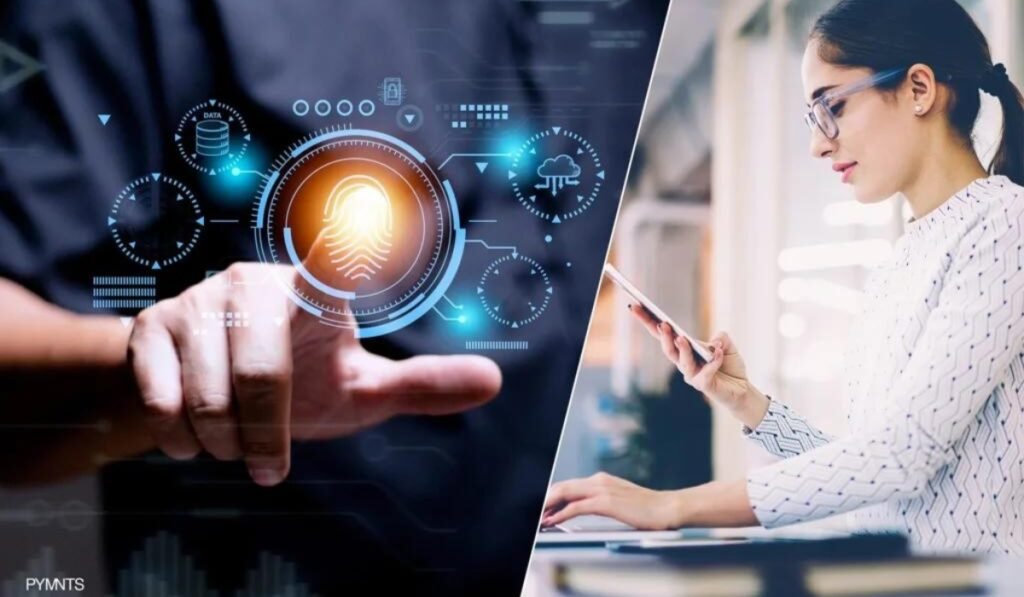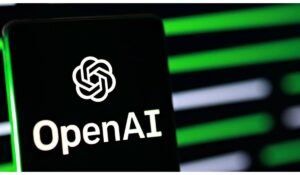Leveraging the Biometric Body Security Revolution means utilizing biometric authentication methods to grant access to secure systems or devices. These methods rely on unique biological characteristics to verify an individual’s identity. Here’s how your body can serve as a security key:
Fingerprint Recognition: Furthermore, It entails scanning and matching unique patterns on a person’s fingertip. Additionally, these scanners are widespread on smartphones, laptops, and access control systems, representing a significant advancement in the Biometric Body Security Revolution.
Iris recognition involves capturing the unique patterns in the colored part of the eye (iris) to verify a person’s identity. Iris scanners are used in high-security applications such as border control, airport security, and government facilities.
Facial recognition technology analyzes facial features such as the distance between the eyes, nose, and mouth to create a unique biometric profile. This method frequently unlocks smartphones, accesses secure facilities, and identifies individuals in surveillance systems.
Voice recognition technology analyzes the unique characteristics of a person’s voice, including pitch, tone, and speech patterns. Voice authentication commonly serves purposes in telephone banking, customer service systems, and voice-controlled devices.
Vein Pattern Recognition: Additionally, Vein pattern recognition scans the unique patterns of veins in a person’s hand or finger using near-infrared light. This method is highly accurate and difficult to spoof, making it suitable for high-security applications such as banking and healthcare.
Heartbeat Recognition: Moreover, Heartbeat recognition measures the unique electrical signals generated by a person’s heartbeat using electrocardiogram (ECG) sensors. This method is still in the early stages of development but shows promise for secure authentication in wearable devices and healthcare applications.
Gait Recognition: Furthermore, Gait recognition analyzes the unique way a person walks to verify their identity. This method is less common but has potential applications in surveillance systems and access control.
Using the human body as a security key provides increased security, convenience, and resistance to identity theft. However, addressing privacy concerns is essential. Securely storing and processing biometric data is crucial. Additionally, incorporating its use alongside passwords or PINs enhances security.








